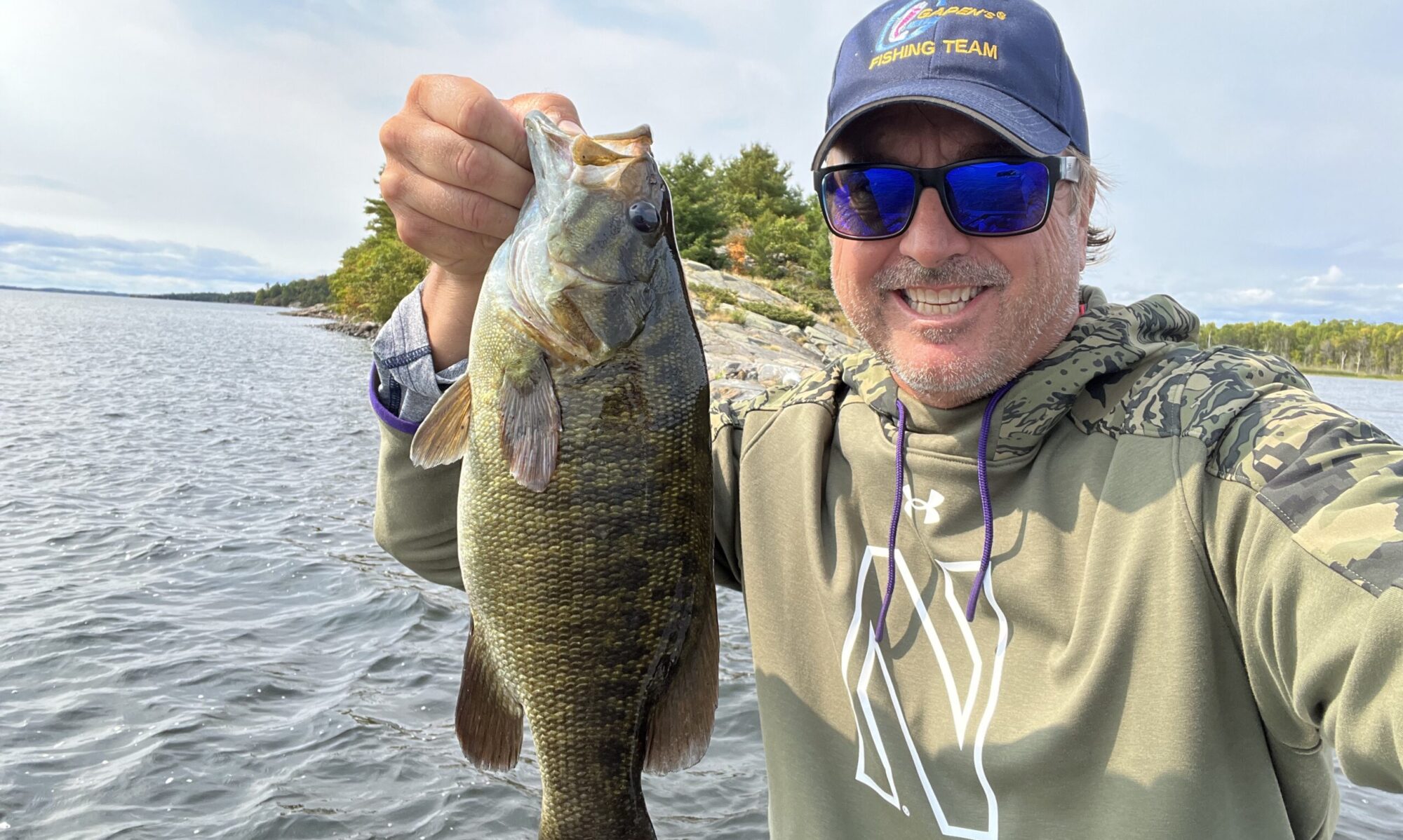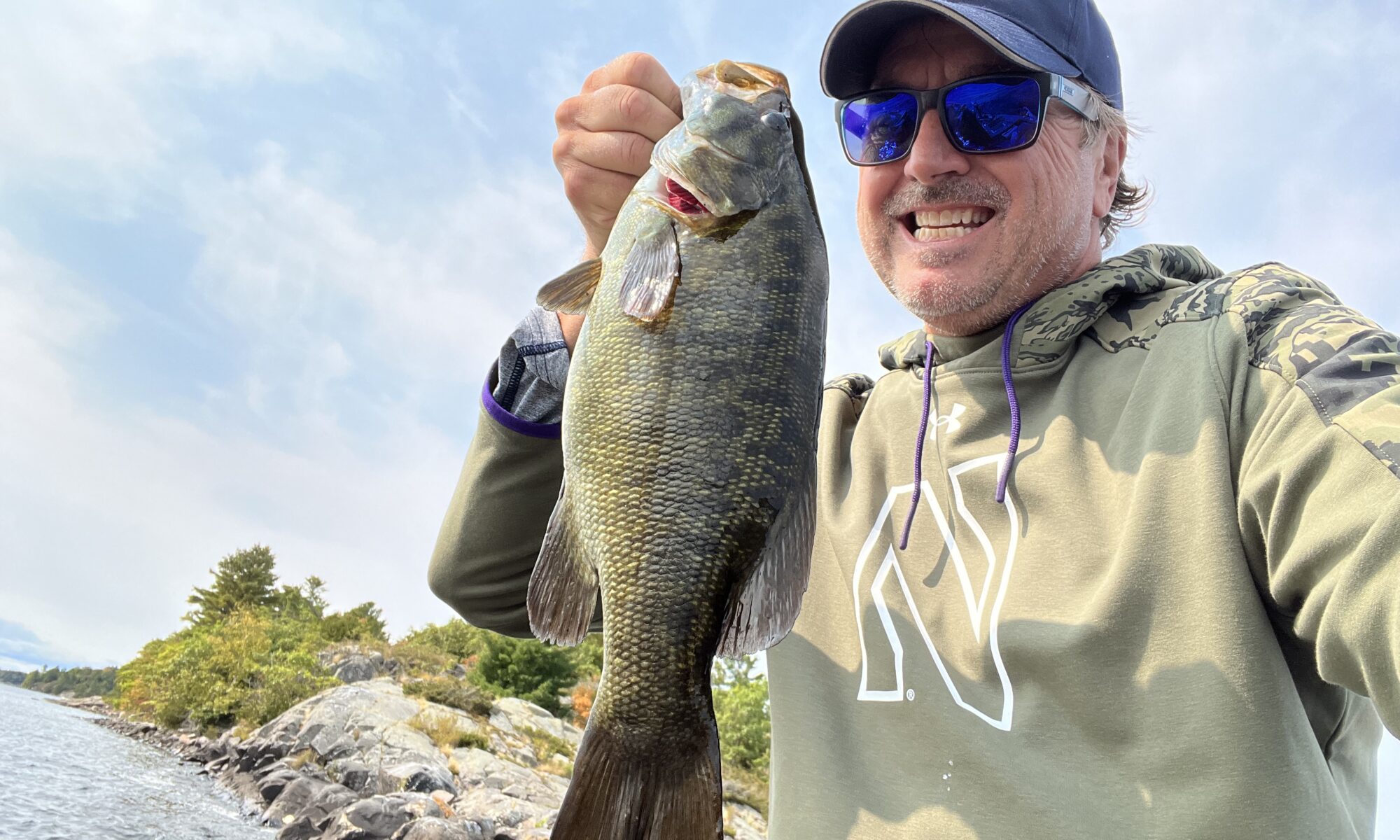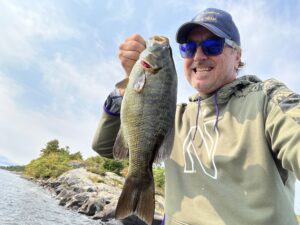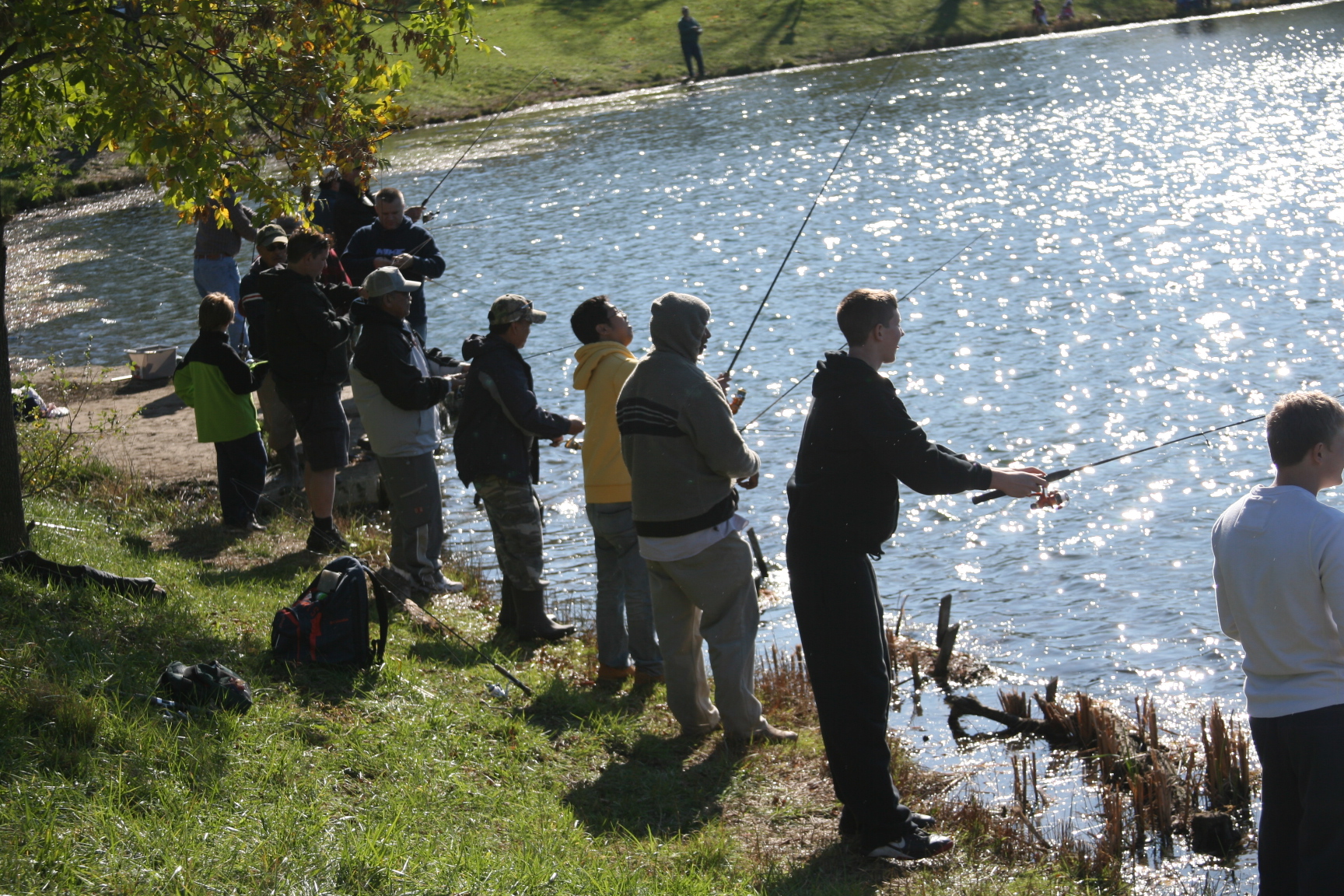Northern Illinois Ice Fishing information, tips, safety and tricks to better ice fishing. Hiring an ice fishing guide to take you ice fishing for the first few times will be worth it’s weight in gold!
Northern Illinois Ice Fishing Site Specific Regulations
Ice fish at your own risk. If you are fishing Northern Illinois waters, it is always best to take an experienced ice angler or ice fishing guide. Northern Illinois ice comes in weak and late. But, Ice fishing guides would know best waters to fish and their conditions for new ice anglers. Poor ice means faults and weak spots. Poor ice means you will face bigger dangers. Examples are springs, hidden current and ice openings exist. Because of this, danger exists more to new anglers. Take precautions, grab an ice fishing guide.
Northern Illinois Ice Fishing Waters
Ice fishing hours are sunrise to sunset, unless noted otherwise. So, always check your local regulations and postings. Observe all signs and closures. Check bulletin boards on local lakes, ponds and do not venture onto ice you are unfamiliar with!! If you don’t understand ice fishing safety – you shouldn’t be out there.
Safety Gear for Northern Illinois Ice Fishing
Ice fishing safety gear includes ice cleats, ice spikes, spud bars, rope and a buddy! Fishing alone is dangerous and should be avoided. Safety in numbers is always advised. That said, It is important to venture out with others on the ice. Other ice fishing safety gear includes flotation suits – life vests which will keep you afloat should you fall through. People die ice fishing. So, emphasis on safety is up top of this article for a reason. I have an experienced ice fisher who fished competitions for many years. He lost his friend after an ice accident. Even after rescue in an ice accident – danger exists the day after going through. Hypothermia can kill someone even after being rescued! Again, have that experienced ice fishing guide. Doing so, will keep you the safest.
Northern Illinois Ice Fishing Catch Photo and Release
Our local waters need your help. Having larger sized fish for us, means we all should let a champion go free. Take a picture of the largest catch and be rewarded by letting it swim free to be caught again. Release that big fish. Because, you will preserve the superior genes of that bigger fish. A chunky bluegill, a beefy walleye or a beastie of a northern pike. preserving these large fish improves the water you frequent.
Improve Your Own Lakes – Northern Illinois Ice Fishing Tip
These are YOUR LAKES. So, protect larger fish because they form a healthy ecosystem. When you put a large specimen back in its water, you improve the waters. Big fish help with predation of smaller fish. This cuts down on overpopulation and will make all the fish in the lake bigger. Big fish do make more big fish! Releasing a larger fish of any species improves the lake’s genetic. Big fish provide breeding genetics to the next generation of fish – and anglers. Again, it is YOUR WATER. Your adventure can be complete with a nice picture.
Harvest some smaller fish and saving that one gem is the way to go if you do choose to take fish home. Thinking about releasing a fish? So, do it quickly. Be Careful. Handle the fish as little as possible for the photo. A big reward is having the fish swim away. And, you literally will catch that fish again as a trophy in a later adventure.
No Ice Fishing Allowed!
There is no Ice fishing at Chicago lagoons. There is no ice fishing at the Forest Preserve District of Kendall County, Forest Preserve District of Will County and Kankakee River Valley Forest Preserve Districts.
These preserve waters employ aerators and have dangerous areas you do not want to mess with. As a result, honor these rules for safety. Avoid costly tickets (or loss of your life).
Ice Fishing Chicago Harbors
You can ice fish the Chicago Harbors. Check ice conditions before you head out. Because, ice safety can change overnight. There is current beneath this ice. The harbors contain large pipes at the ends of the harbor to allow for water flow. Avoid going onto Chicago Harbors if you are a first-timer and there is no one out there. There are different entrances to these spots and working with an experienced angler is best.
Harder Ice Fishing
Chicago harbors also are not the easiest to ice fish. Because of the current and depth, these can be tricky. Harbors can be 21′ deep in many spots with a slight current. These harbors are connected to the giant Lake Michigan. Fish migrate in and out of the harbors. That said – these harbors can fish well at times. Big lake fishing means you may have to pay your dues and some days will be far less productive than inland lakes. Risk-reward with fishing the big lake. Pay your dues with time fishing. You can be rewarded.
Ice Fishing Cook County Forest Preserves
You can Ice fish at some Cook County Forest Preserve lakes. These ice fishing lakes are Arrowhead, Axehead, Beck, Belleau, Big Bend, Bode South only, Bullfrog, Busse Woods Main and South Pools, Flatfoot, Green, Horsetail, Ida, Maple, Papoose, Powderhorn, Saganashkee Slough, Sag Quarry, Tampier, Turtlehead and Wampum.
Lakes are pressured all year long. You will have to sort through a few fish to get to bigger fish. That said, these lakes offer good adventure for ice fishing close to Chicago. They consistently fish pretty well if you know where to work. This is the time of year you can explore lakes and you get to fish the entire water. Cook County lakes are shallow waters. However, some do have depths to 30′ along with many shallow flats.
Ice Fishing Forest Preserve of Du Page County
Du Page County lakes and ponds permits Ice fishing. Du Page County does not allow ice fishing at Spring Creek Reservoir. Find one unique fishing spot for late-night fishing. Deep Quarry Lake allows late night fishing. Anglers must be out of the Deep Quarry preserve and it’s parking lot by 11 p.m. If you do plan on fishing any of the lakes. Exit when either sun down approaches or when posted! Be ready, be out.
Anglers can get tickets if their car is not out of the lot by the time the ranger shows up. Du Page County offers many opportunities for ice fishing adventures. The water quality is very good in most cases. Some Du Page lakes get heavily fished. However, they offer good populations of fish in general. Different species may be a nice surprise. Possibly, some bigger fish.
Kane County Forest Preserve Ice Fishing
Permitted only at Lake Patterson (Hampshire South FP), Oakhurst FP, two ponds within Paul Wolff Campground, and Grunwald Farms FP.
Lake County Forest Preserve Ice Fishing
When conditions allow, ice fishing permitted 6:30 a.m. to sunset at Hastings Lake, Banana Lake, Independence Grove south bay and Lake Carina; 6:30 a.m. to one hour after sunset at Sterling Lake.
Mazonia State Fish and Wildlife Area
Monster Lake at Mazonia, South is open year-round, ice fishing and open water. Fishing, ice or open water, opens on Dec. 26 at both the North and South units.
McHenry County Conservation District
Ice fishing at The Hollows (West Lake only).
Silver Springs State Fish and Wildlife Area
As a general winter rule, enter through the east entrance. This entrance will be better plowed and has less of a steep grade than the other areas.
Wolf Lake Hammond Port Authority
When conditions allow.
Thank you to Dale Bowman for providing the Northern Illinois Ice Fishing Regulations and update. The core of this article was pulled together by Mr. Bowman. I highly advise you get weekly updates for fishing, hunting and outdoors by following Dale. Dale is truly a treasure trove of outdoor information and you should be following him on Twitter or on the Sun-Times website. For more information on local fishing – be sure to check out Dale Bowman Outdoors in the Chicago Sun-Times or follow Dale on Twitter: https://twitter.com/BowmanOutside



